Entrepreneurial Opportunity: Feasibility of Virtual Fitting Rooms
VerifiedAdded on 2023/06/12
|6
|525
|262
Essay
AI Summary
This essay delves into the entrepreneurial opportunity presented by virtual fitting rooms, a business idea leveraging augmented and virtual reality to allow customers to 'try on' products online. The analysis employs the seven domains business model, which assesses market attractiveness at both macro and micro levels, alongside company-specific factors. The target market is identified as technology-savvy individuals who frequently shop online for clothing and other essentials. The essay concludes that embracing emerging technologies is crucial for contemporary businesses to maintain stability and enhance operational efficiency in a competitive market. The references cited support the discussion of entrepreneurial opportunities, virtual fitting room technologies, and business model innovation.
1 out of 6
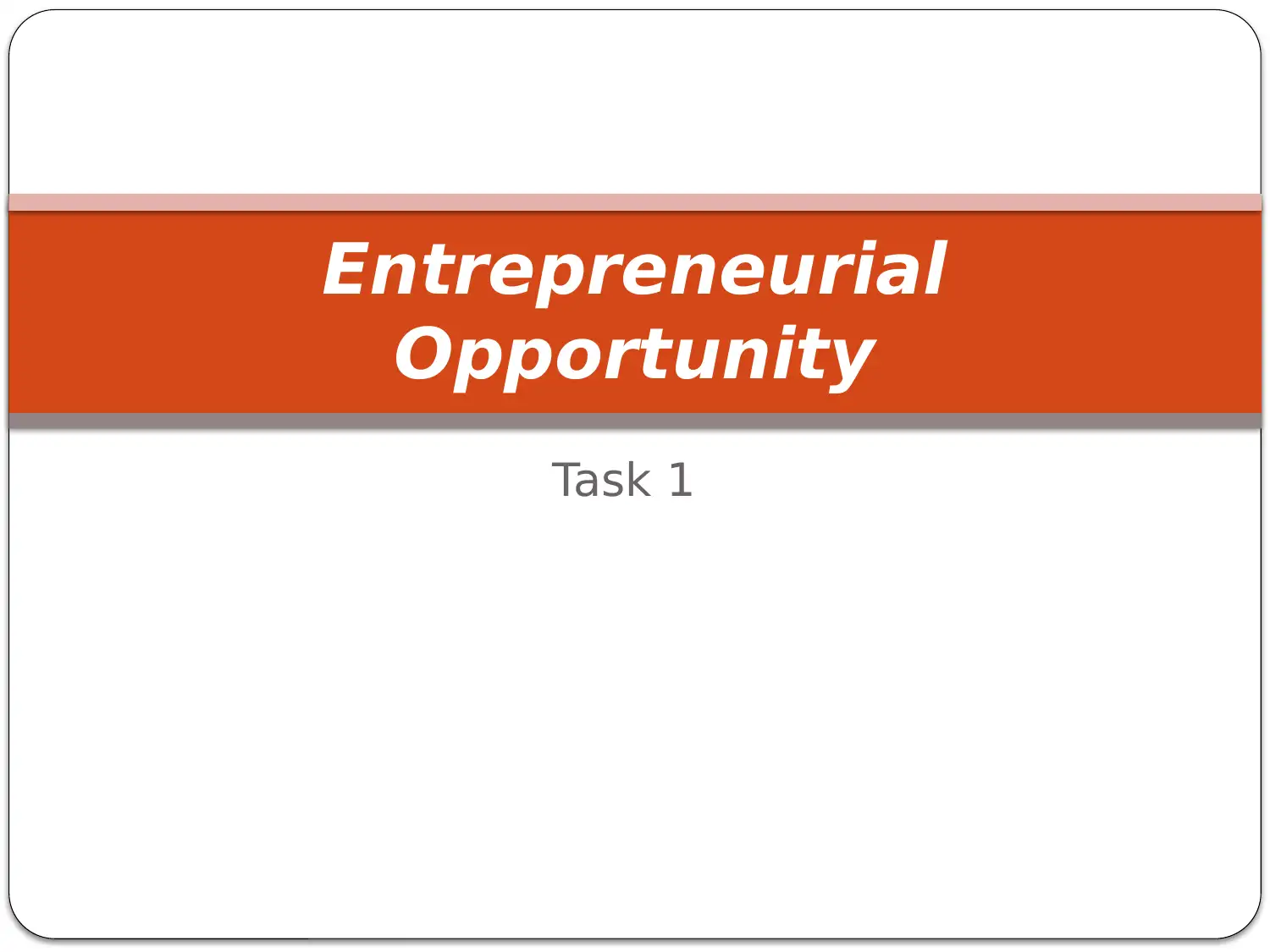
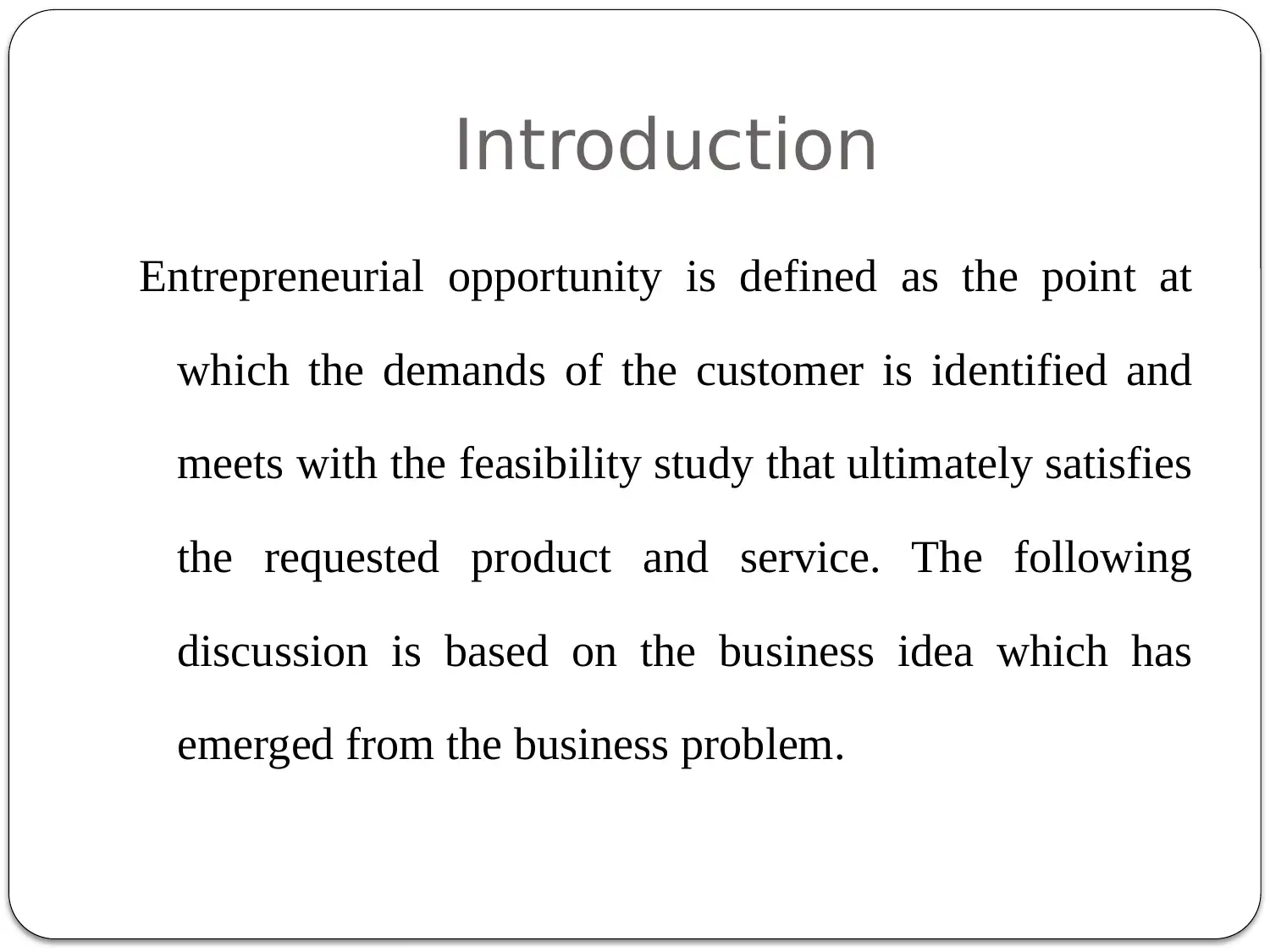
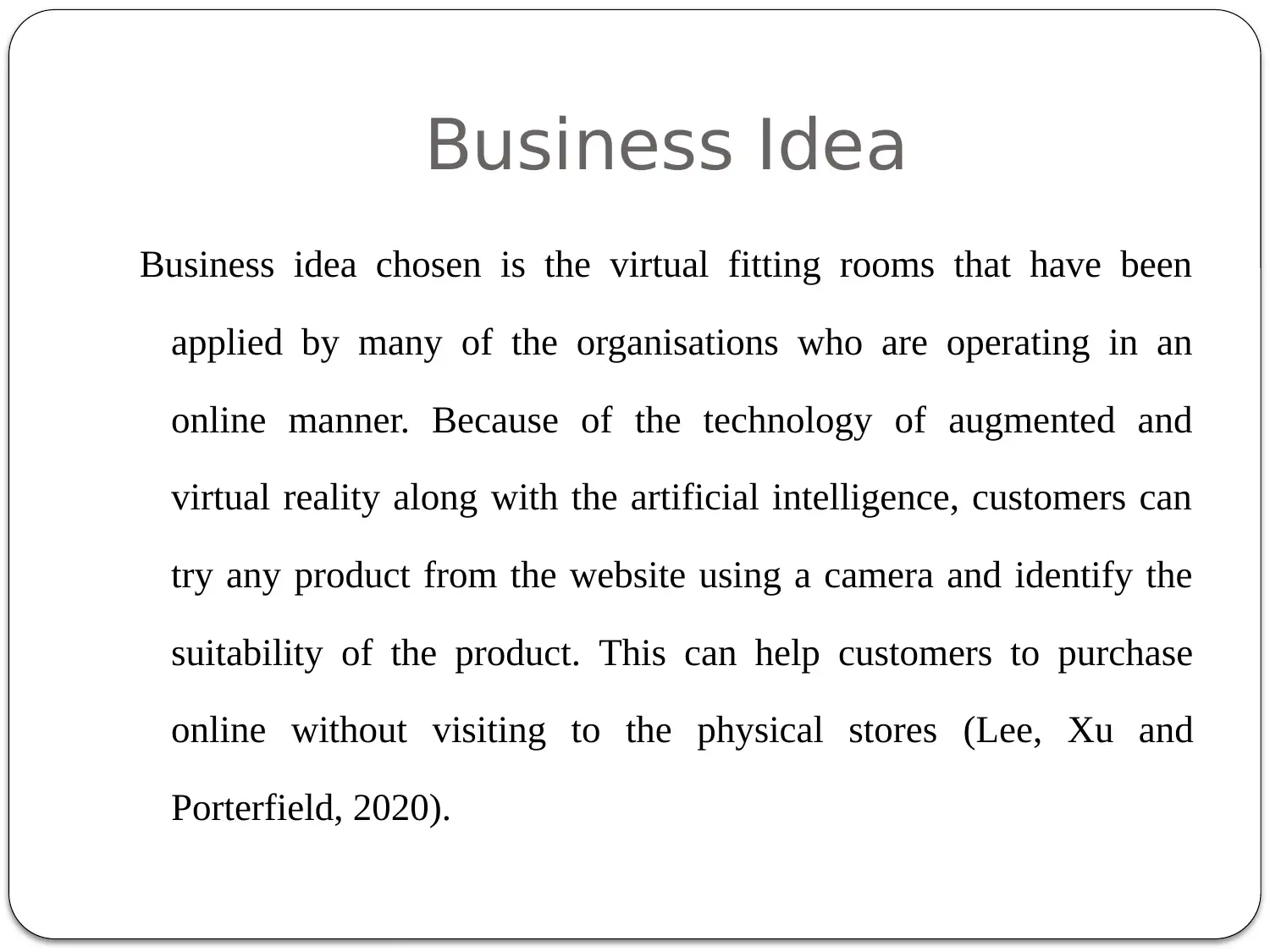

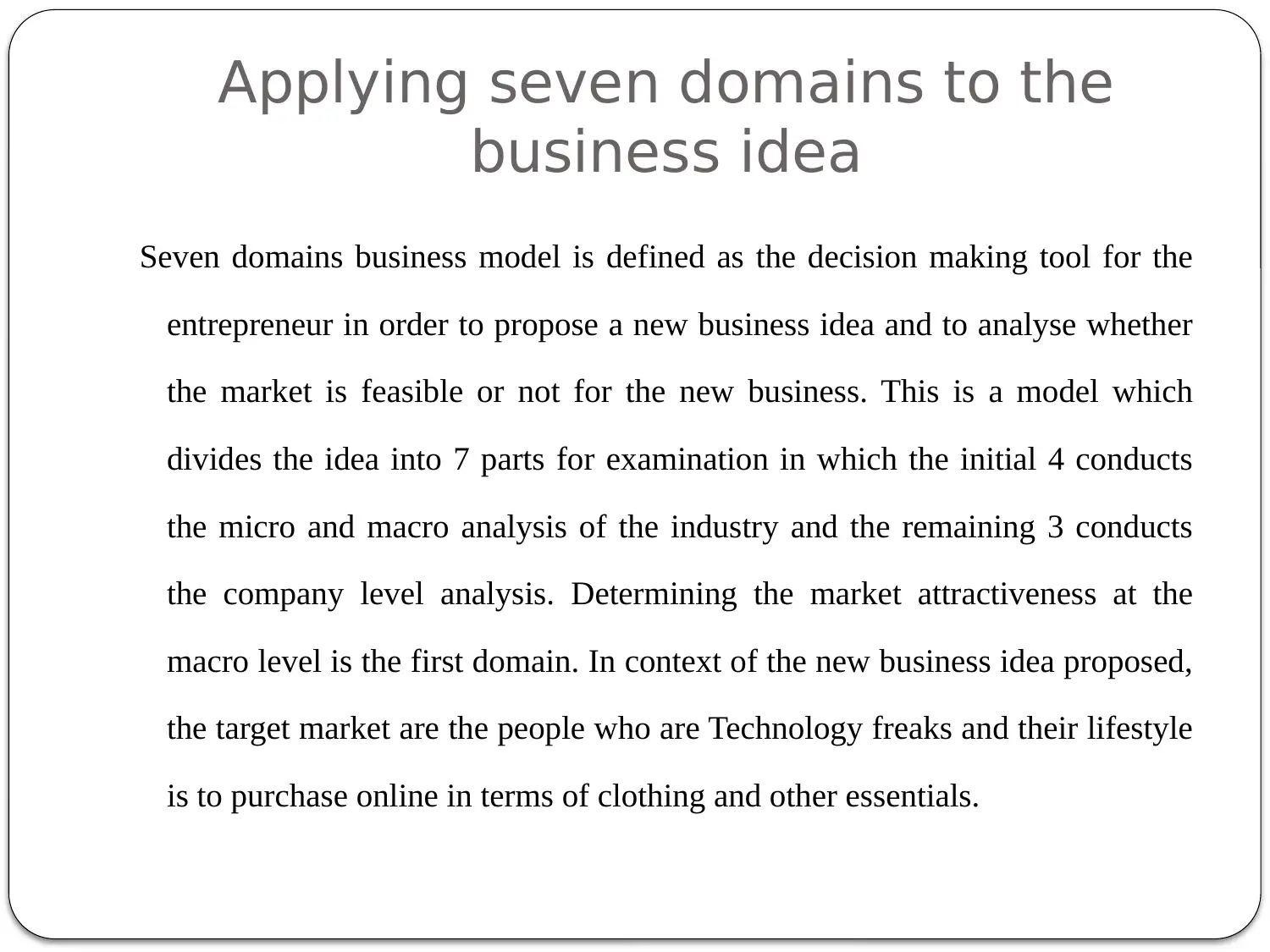
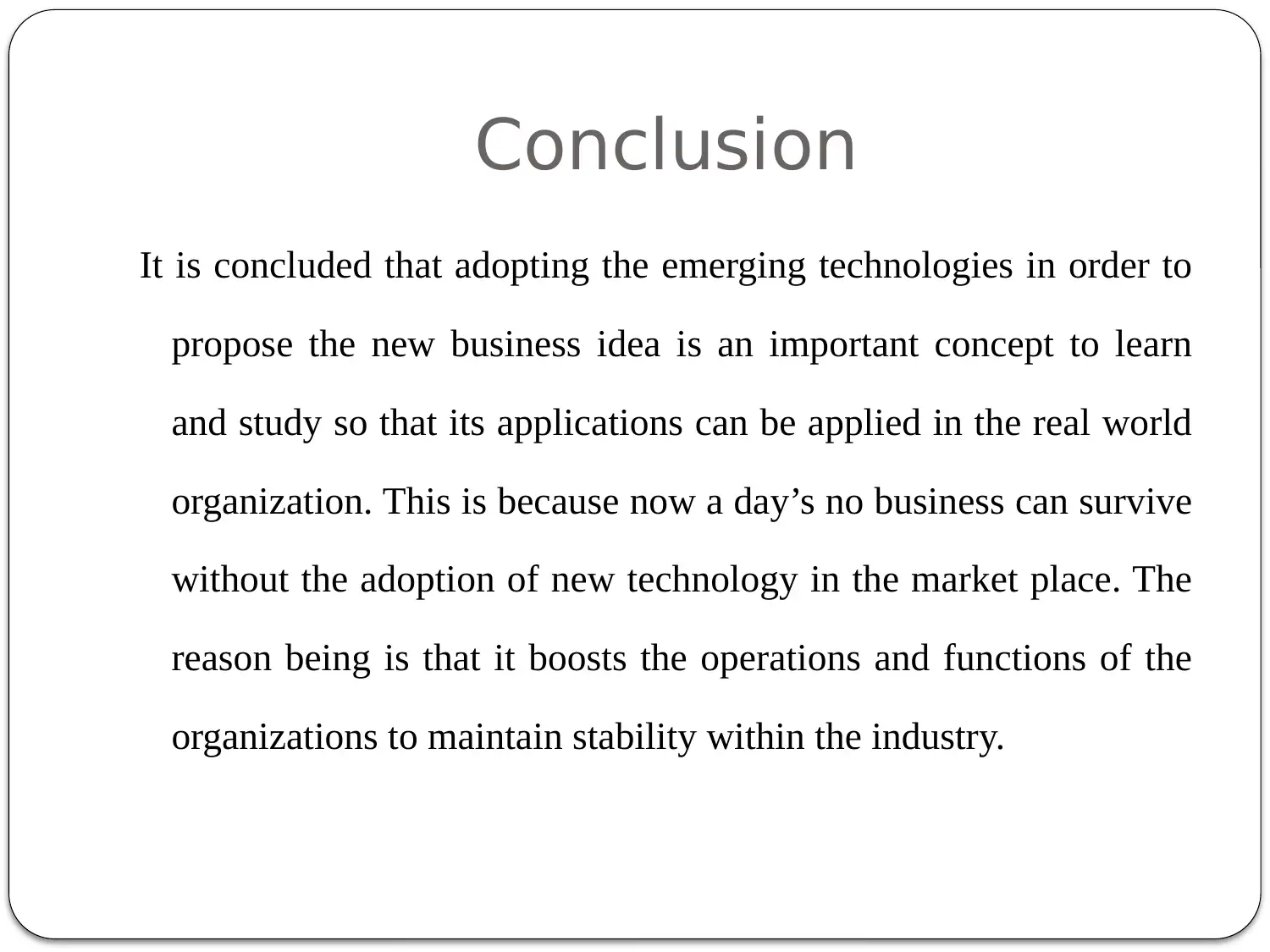
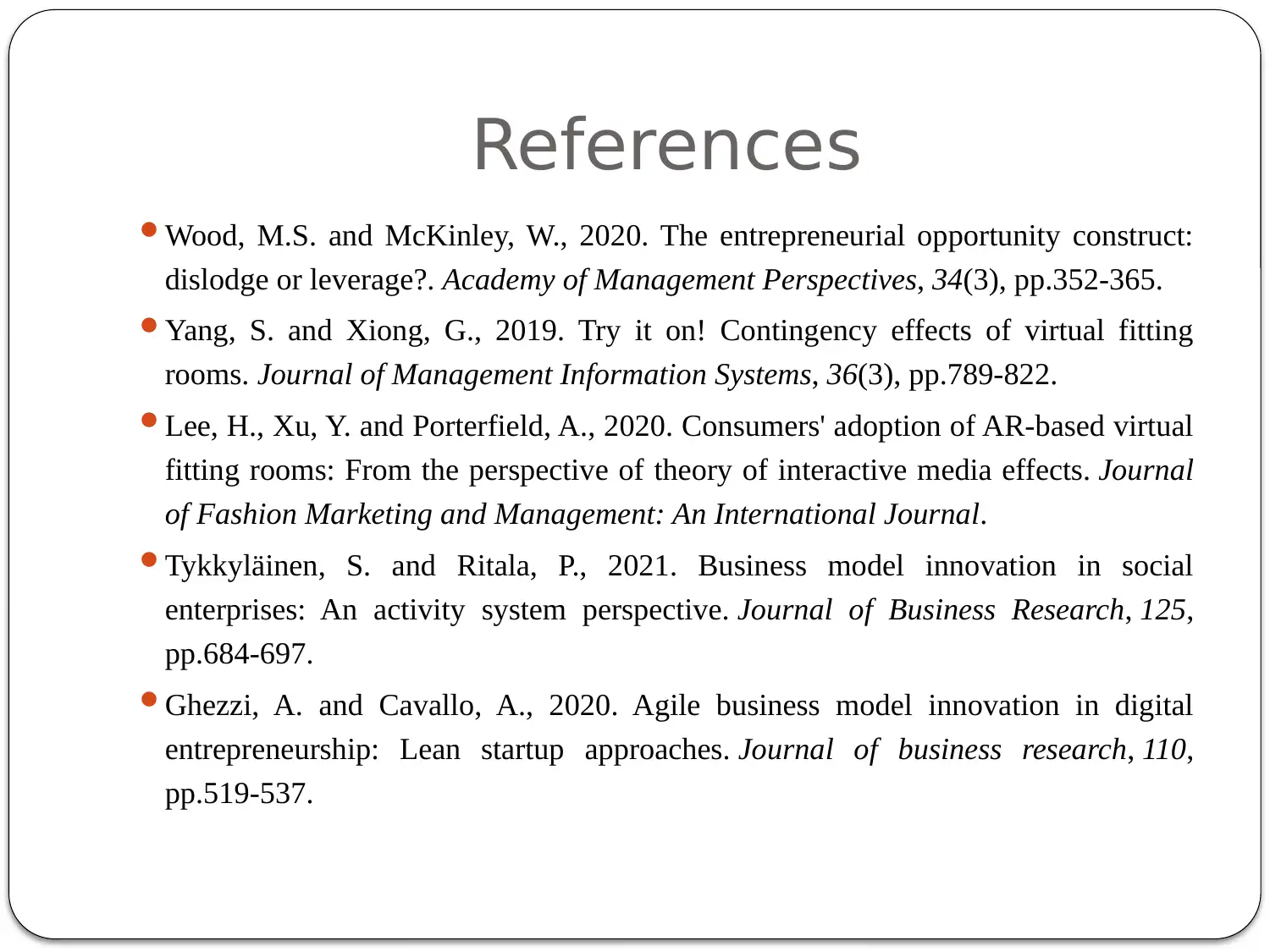






![[object Object]](/_next/static/media/star-bottom.7253800d.svg)